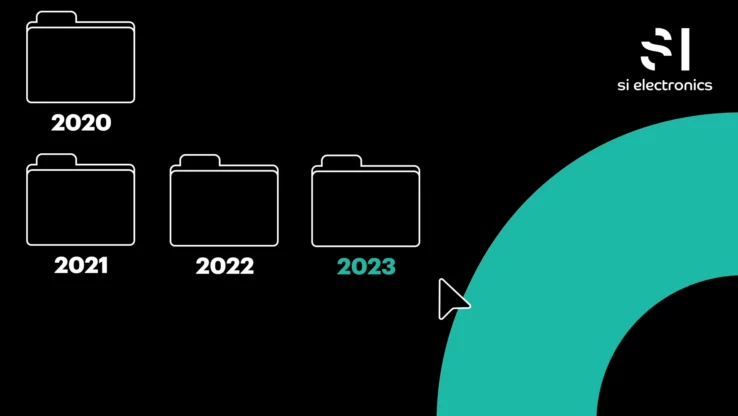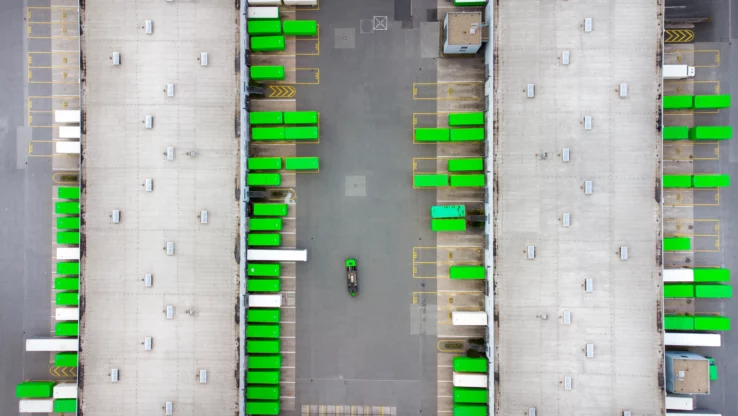When the car becomes a smart platform
18. April 2023
Autonomous vehicles are no longer a future vision. Cameras, radar systems, sensors and several thousand microchips turn cars into intelligent platforms and let them drive autonomously. The research and development departments of car manufacturers are working intensively on their series production. But what does this mean for the industry given the already tight semiconductor market?
A vehicle with an internal combustion engine contains several hundred semiconductors, while electric models have around 5,000 to 7,000. They control the engine, steering, brakes and all assistance systems – from the rain sensor to the blind spot assist and the parking assistance. If though, as in the case of autonomous driving, the car is also supposed to recognise and process signals and hazardous situations as well as communicate with the cloud and other vehicles, the number of microchips required will increase massively once again.
Real-time data becomes the basis for the car of the future
Autonomous driving means driving with smart cars: away from just a vehicle towards an intelligent platform. At the same time, functions are increasingly centralised and executed in a secure and resilient software environment. This does reduce costs, space, weight and complexity since fewer control units are required. This also means that automobile manufacturers must evaluate an unimaginable amount of real-time data generated by the sheer mass of sensors.
Added to this are regular software updates. They are elementary to always ensuring the safety of autonomous driving. However, workshop visits are not enough: over-the-air (OTA) updates are what is required here. These install the updates remotely and ensure that the car remains stable, even during the live updates.
Continuous interpretation of data by artificial intelligence (AI), constant AI learning and regular updates make self-driving cars even safer. They also lay the foundations for something that calls for even more efficient chips: personalised driving. The car of the future then calculates, for example, the individual consumption of the vehicle for the planned route. And it suggests breaks along the route that on the one hand match the charging cycles, while at the same time catering to the traveller’s personal preferences for service stations or viewpoints.
The automotive industry must prepare itself
To ensure that all this does not simply remain a dream of the future, but can soon become a reality on the roads, the European continent is for example establishing its own semiconductor industry. Its goal is to overcome its dependence on primarily East Asian producers and to meet the high demand for microchips itself.
With its focus on radar chips, Europe has become the market leader in this area within a very short time. Combined with cameras or lidar systems, radar chips record the environment even under adverse environmental influences. This makes them an important component for autonomous driving.
It is estimated that autonomous vehicles will contain eight to ten times as many semiconductors as a car without automation. More supercomputer than conventional car, these vehicles will then demand a new level of connectivity – not only within the vehicle and its components, but also in production and supply chains. Automakers, software providers, semiconductor manufacturers and suppliers will collaborate and make strategic decisions in a completely new way: on the one hand, to be able to store, secure, evaluate and subsequently make available to each other the enormous volumes of data that are generated every day. And on the other, to use precisely this data and shared infrastructures to strengthen supply chains and confidently meet the increased demand for semiconductors.
Participants can already start preparing for this now and seize the opportunity to position themselves as pioneers for the next stage of autonomous driving.


